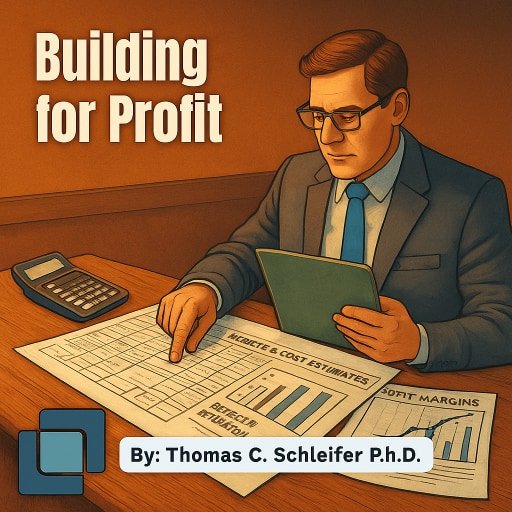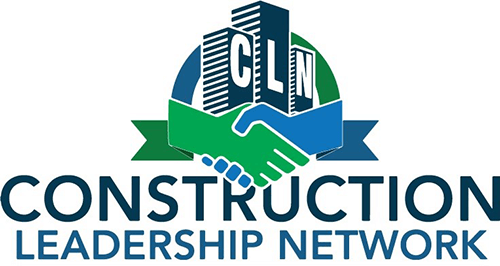
Some years ago, I was the founder and president of the largest international consultancy firm serving the contract surety industry. My company, Construction Management Associates, was formed after the first surety asked me to look at completing a project they had bonded but the contractor had suddenly run out of cash and could no longer continue in business.
I tackled this first assignment with aggression and word got out around the surety industry that we were seeing failed projects through to completion and thereby capping the surety’s losses. After that I assisted in the resolution or salvage of hundreds of failed construction firms which gave me a unique perspective on the causes of construction business failures and how to avoid them.
Unexpected Research Findings
The first unexpected finding I uncovered, in what I came to call “the failure business”, was that most of the contractors whose projects were interrupted were competent constructors. Some had been successful for generations and were rightly considered experts at their type of work. This was so often the case that we would support the failed contractor to complete the projects with bonding company’s funding, minimizing the loss.
The second unexpected finding I recorded was that these otherwise competent contractors were often surprised that they had run out of money and couldn’t continue in business. They invariably blamed their comptroller for not alerting them to the impending cash crunch and rarely looked much further into the bowels of the business.
Contractor Response to these Findings
For decades I spoke at construction industry conventions across the country about the causes of construction business failure that I had discovered during my years in the “failure” business. The overwhelming response I received from contractors was, “I can see how that applies to other contractors but I’m still in business, so it doesn’t apply to me.”
Case Studie Say Otherwise
I would like to take this opportunity to cite the failure of one of the largest construction companies in history as a dramatic example of how even huge successful construction companies can suddenly find themselves at the edge of the cash management cliff where one false move sends them plunging into a financial abyss.
The Carillion collapse in January 2018 saw this UK based global construction firm forced into compulsory liquidation. The failure threatened over 19,000 jobs, hundreds of subcontractors, and the continuation of critical public services like schools, hospitals, and roads. The company failed with $7 billion of debt, overwhelmed by risky contracts, payment delays in the Middle East, and a pattern of unsustainable expansion and overspending.
The insolvency caused project shutdowns and delays across the world.
The financial losses spread to clients, joint venture partners, lenders, and to 30,000 suppliers (some of which were pushed into insolvency). Their 27,000 pensioners would cost UK taxpayers up to £180M.
It also led to questions and multiple parliamentary inquiries about the conduct of the firm’s directors, its auditors, the Financial Reporting Council, and the Pensions Regulator.
A 2018 Parliamentary inquiry said Carillion’s collapse was “a story of recklessness, hubris and greed, its business model was a relentless ‘dash for cash’ and accused its directors of misrepresenting the financial realities of the business.
The Aftermath
Six years after its collapse, the Carillion construction company’s failure was still being felt.
The auditing firm was fined and sanctioned for misleading regulators regarding its work for Carillion. (The auditors said it was simply following GAP rules when it failed to discern or reveal Carillion’s cash position just before it failed.)
The company’s pension deficit had to be taken over by the Pension Protection Fund.
The collapse triggered a debate about corporate governance, executive responsibility, and the government’s reliance on large, outsourced contracts.
The event highlighted the need for improved business management expertise within the construction industry, leading to reforms aimed at strengthening commercial skills and oversight.
Questions remain about what more could have been done to prevent the collapse, and what lessons have truly been learned.
Conclusion
No one has ever said that Carillion did not know how to build. Everyone said that despite the size and world-wide reach of the company, Carillion execs did not know how to run a business.
Next week, we’ll discuss their lack of business management expertise.
For more information about construction business failures, read more at: FAILURE
For a broader view of financial management, read more at: FINANCIAL
To receive the free weekly Construction Messages, ask questions, or make comments contact me at research@simplarfoundation.org.
Please circulate this widely. It will benefit your constituents. This research is continuous and includes new information weekly as it becomes available. Thank you.


